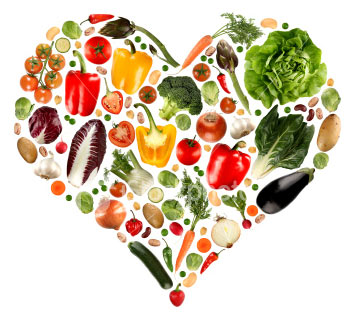“Try it! It has 9 grams of fiber,” a Costco food service member shouted encouragingly as shoppers passed by. To her delight, a few costumers picked up a box of fiber bars without further asking about its benefits or side effects. Where’s the harm, you say, fiber is good for you! Very true, but like any nutrient, we should know why our body needs it, from what sources, in what quantities, and the adverse reactions it may cause.
When you hear fiber, you probably imagine tasteless, undesirable food choices. Sorry to shatter your image, but fiber is full of flavor! So there is no need to hold off on getting the recommended 25 grams/day anymore. How, you ask? I’ll give you a list of easy to follow tips, but first let me tell you about the many benefits of fiber.
We all know fiber is good for constipation; however, many don’t know that high fiber consumption has been linked to lower the risk of heart disease, type 2 diabetes, and diverticular disease. All sound like great advantages, right? But wait, let’s not forget to mention the greatest advantage yet, weight loss! That’s right, daily high fiber consumption (25+ grams) has the potential to cut 100 calories each day, which adds up to 10 pounds a year minus the challenge and food deprivation of any diet you’d want to attempt.
So what is dietary fiber and how does it work?
Dietary fiber includes all parts of a plant that cannot be digested or absorbed by our body. Meaning, it passes through our digestive tract whole and at a slow rate. Thus, resulting in many spontaneous benefits such as relieving constipation and irregular stool, promoting fast movement and emptying of the colon, reducing blood cholesterol levels, lowering dietary fat absorption, slowing the emptying of the stomach, reducing appetite and food intake, extending the feeling of satiety, lowering blood glucose levels, decreasing the risk of type 2 diabetes, and promoting the growth of “friendly” bacteria in the colon.
What can you do to increase your dietary fiber intake?
· Eat whole fruits instead of drinking fruit juices.
· Do not remove the skin when eating apples and pears.
· Replace white rice, bread, and pasta with brown rice and whole grain products.
· Choose whole grain cereals for breakfast.
· Snack on raw vegetables instead of chips, crackers, or chocolate bars.
· Substitute legumes for meat two to three times per week in chili and soups.
· Experiment with international dishes (such as Middle Eastern) that use whole grains and legumes as part of the main meal (as in Egyptian koshari) or in soups and salads (for example, lentil soup and tabbouleh).
To prevent any gastric discomfort, remember to drink plenty of fluids, fiber cannot do its job without water!
Now let’s get moving :)

